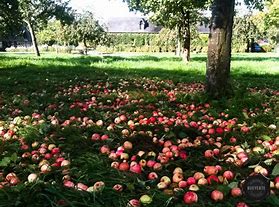 Whether you call it applejack, calvados or bätzi, apple brandy is a spirit made from fermented and distilled apples. There are clear, unaged versions and golden-coloured ones that have spent years in oak barrels. These are five of the most popular:
Whether you call it applejack, calvados or bätzi, apple brandy is a spirit made from fermented and distilled apples. There are clear, unaged versions and golden-coloured ones that have spent years in oak barrels. These are five of the most popular:
Applejack
Historically, applejack was made with North American cider apples and produced using a method called “jacking” or freeze distillation. These days, however, it is typically distilled in column or pot stills and aged in barrels or bottled as a young, clear spirit. Applejack and apple brandy are by definition the same, but there are minor differences between the apples used, terroir and the ageing process.
Bätzi
A clear brandy made from dried apples which comes from Switzerland’s Obwalden region. The process of ageing can vary but the duration is usually six months or more. Bätzi is closely related to another type of Swiss apple brandy, Träsch, but the latter is made with fresh, not dried apples.
Calvados
Calvados is an apple brandy which must be made with apples from Normandy, France as stated in its Appellation d’Origine Contrôlée (AOC) status. The apples are fermented into cider, distilled into eau-de-vie, and then aged for at least two years in oak barrels. Whilst a small number of pears are permissible, the majority of the mix has to come from the region’s very many apple varieties.
Eau-de-Vie de Pomme
Crisp and water-clear, eau-de-vie is a broad category of brandy that can be made from pretty much any fruit. It’s produced in much of Europe as well as the U.S. When made from apples, the spirit is called eau-de-vie de pomme. The apples are fermented into cider before being distilled, often (but not always) in a copper pot still. Eau-de-vie is generally unaged.
Obstler
Hailing from Germany, Austria and Switzerland, this is a clear, unaged spirit. As with calvados, it is not always exclusively made from apples; Obstler can contain a variety and larger quantities of other fruits in its mix. Apple and pear obstler is common, but there are also varieties made with apples and plums, apricots and cherries.
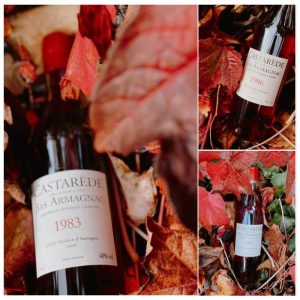 All from the top cru, Bas Armagnac, we have another three wonderful vintage armagnacs from one of the very best producers, Castarede. Said to be the oldest business in Armagnac, having been founded in 1832, they own the Chateau de Maniban estate and supply armagnacs grown on their 16 hectares of vineyards. Four main armagnac grape varieties of Ugni Blanc, Baco, Folle Blanche and Colombard are grown. All vintages, distilled in 1983, 1986 and 1987 respectively, have been aged for over 35 years. Take a look at the delicious tasting notes below.
All from the top cru, Bas Armagnac, we have another three wonderful vintage armagnacs from one of the very best producers, Castarede. Said to be the oldest business in Armagnac, having been founded in 1832, they own the Chateau de Maniban estate and supply armagnacs grown on their 16 hectares of vineyards. Four main armagnac grape varieties of Ugni Blanc, Baco, Folle Blanche and Colombard are grown. All vintages, distilled in 1983, 1986 and 1987 respectively, have been aged for over 35 years. Take a look at the delicious tasting notes below.
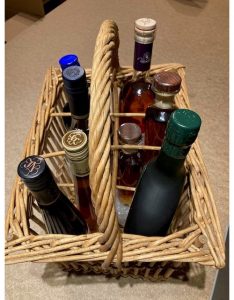 Black Friday Weekend is nearly upon us. From Friday 25th November to Monday 28th November, inclusive, we will have some amazing bargains at up to half price. Check in to our
Black Friday Weekend is nearly upon us. From Friday 25th November to Monday 28th November, inclusive, we will have some amazing bargains at up to half price. Check in to our  Whether you call it applejack, calvados or bätzi, apple brandy is a spirit made from fermented and distilled apples. There are clear, unaged versions and golden-coloured ones that have spent years in oak barrels. These are five of the most popular:
Whether you call it applejack, calvados or bätzi, apple brandy is a spirit made from fermented and distilled apples. There are clear, unaged versions and golden-coloured ones that have spent years in oak barrels. These are five of the most popular: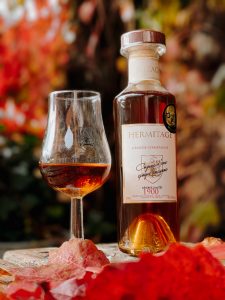 How many people can claim to have tasted a cognac distilled at the turn of the last century? Well, this is your chance! Our extra special Gift Set comprises a 20Cl bottle of 1900 cognac from the top cru and one of our exclusive
How many people can claim to have tasted a cognac distilled at the turn of the last century? Well, this is your chance! Our extra special Gift Set comprises a 20Cl bottle of 1900 cognac from the top cru and one of our exclusive 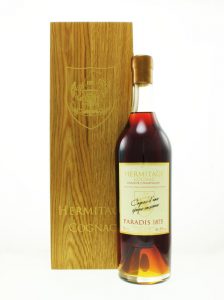 We are very excited to introduce a new cognac to our shelves, and our Hermitage Paradis range, the 1875 vintage. Only a few bottles remain of this old 1875 cognac which originally came from a cellar near Bouteville, in the cru now known as Grande Champagne. It was distilled on a very small still and then aged for more than 75 years in a cellar built against a limestone cutting. The cellar floor and walls were natural, with no cement or concrete, which made it ideal for ageing old cognacs.
We are very excited to introduce a new cognac to our shelves, and our Hermitage Paradis range, the 1875 vintage. Only a few bottles remain of this old 1875 cognac which originally came from a cellar near Bouteville, in the cru now known as Grande Champagne. It was distilled on a very small still and then aged for more than 75 years in a cellar built against a limestone cutting. The cellar floor and walls were natural, with no cement or concrete, which made it ideal for ageing old cognacs.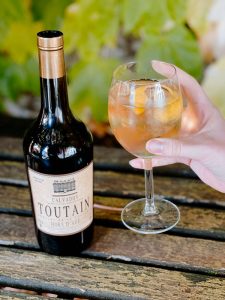 Today Thursday, 20th October, is World Calvados Day. If you would like to try this fabulous French apple brandy how about making something different? Calvados and tonic is France’s answer to the G&T and is a staple in Normandy. Although traditionally served chilled, it is just as fabulous with heaps of ice, a ton of tonic and a simple lemon twist producing a drink that’s “A little bitter and sweet, refreshing and bright”.
Today Thursday, 20th October, is World Calvados Day. If you would like to try this fabulous French apple brandy how about making something different? Calvados and tonic is France’s answer to the G&T and is a staple in Normandy. Although traditionally served chilled, it is just as fabulous with heaps of ice, a ton of tonic and a simple lemon twist producing a drink that’s “A little bitter and sweet, refreshing and bright”.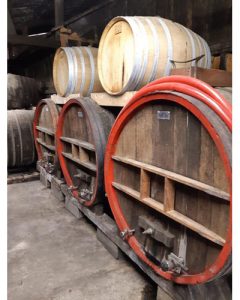 Calvados is a brandy made from apples and produced exclusively in Normandy. Its history dates back to 1553, when the drink was known as cidre eau-de-vie. The name calvados was introduced in the late 1700s, when France was divided into departments, and it is now known as one of the Three Noble French Eaux de Vie (cognac and armagnac being the other two). National Calvados Week is now in its tenth year and will run, alongside the annual apple harvest, from 10 – 16 October in bars and retailers throughout the UK. World Calvados Day will follow on shortly afterwards, on the 20th October, which falls on the eve of National Apple Day. If
Calvados is a brandy made from apples and produced exclusively in Normandy. Its history dates back to 1553, when the drink was known as cidre eau-de-vie. The name calvados was introduced in the late 1700s, when France was divided into departments, and it is now known as one of the Three Noble French Eaux de Vie (cognac and armagnac being the other two). National Calvados Week is now in its tenth year and will run, alongside the annual apple harvest, from 10 – 16 October in bars and retailers throughout the UK. World Calvados Day will follow on shortly afterwards, on the 20th October, which falls on the eve of National Apple Day. If 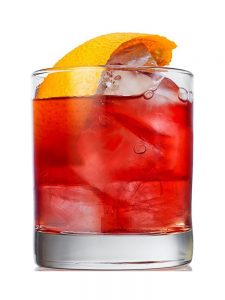 Negroni Week was originally scheduled to take place on 12-18 September brand but it will now take place in the UK on 3-9 October 2022. The aperitivo brand, Campari, put all marketing activities in the UK on hold in the days following the Queen’s death on 8 September, including the week-long annual celebration of the Italian cocktail.
Negroni Week was originally scheduled to take place on 12-18 September brand but it will now take place in the UK on 3-9 October 2022. The aperitivo brand, Campari, put all marketing activities in the UK on hold in the days following the Queen’s death on 8 September, including the week-long annual celebration of the Italian cocktail.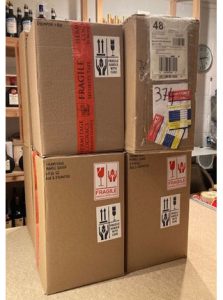
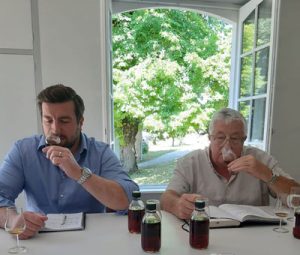 Richard Woodward writing in The Drinks Business last week, about Boutique Cognac Houses, names
Richard Woodward writing in The Drinks Business last week, about Boutique Cognac Houses, names